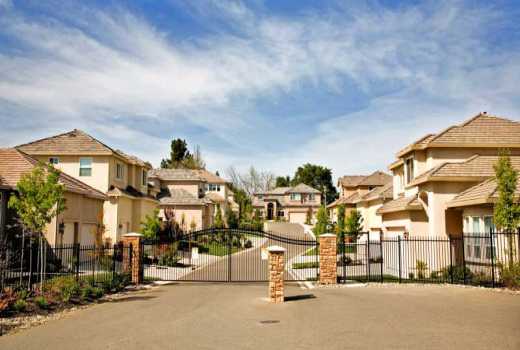×
The Standard e-Paper
Fearless, Trusted News

The artistic impressions and marketing lingo used on websites and brochures of Kenya’s surging gated communities can easily be confused with what paradise is supposed to look like. It is marketing at its best, heavy with adjectives.
“You’ve dreamed of living in a country-inspired yet urban setting. You’ve dreamed of an elegant home in the country. You’re nostalgic for the sound of cocks crowing in the morning and the warmth of wood burning fireplaces in the evening,” says the home page of a property in Thika.